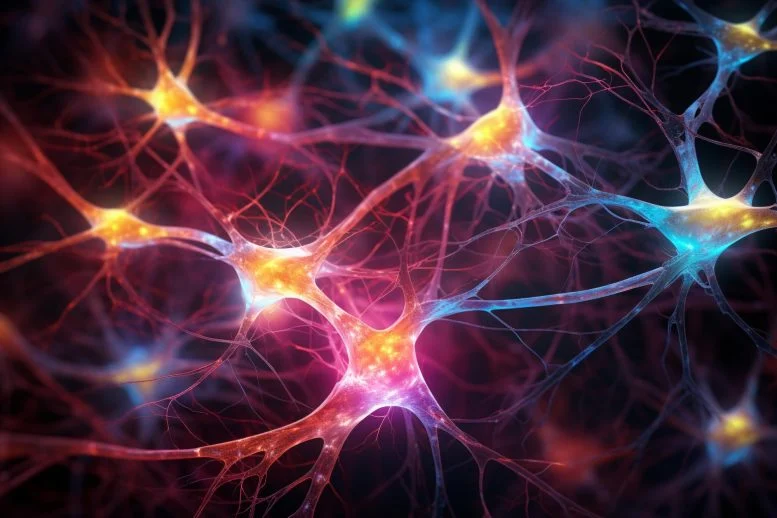The rat's stem cells are used to restore the mouse's brain. And that gives a new hope for brain injury patients. The ability to grow and clone stem cells limits those therapies. Genetic engineering makes it possible for that system can use genetically engineered rats to create new stem cells for humans.
The ability to produce stem cells in the laboratory is the key element for successful stem cell therapies. Stem cells can be used to fix any tissue type, but the problem is where researchers can take the stem cells. One solution to that problem is cancer cells. The system can remove the genome from those cells. Then it must inject the new DNA into them.
Making the new neurons from the stem cells is an interesting thing. The question is this: if we restore a mouse's brain using a rat's stem cells, does that mouse think that it's a rat? Or does it think that it's the mouse?
The AI-controlled nanotechnology can map and create copies of any DNA. That allows the system to manipulate the DNA and inject it into the new cells. But the problem with neurons is this. When neurons are destroyed, the memories that they involve are gone.
Genetically engineered cells allow to creation of cell cultures, that produce customized stem cells. Stem cells are the new and powerful tools for next-generation therapies. But the problem is that those stem cells must produce large numbers that can be the thing, that can make many other therapies old-fashion.
The ability to regenerate brains and other tissues means that people are close to the thing, called immortality. Immortality requires that the person's body or some other thing replace the old DNA using new and fresh, young DNA. That allows that person can live a longer, and healthier life. DNA damage is a thing that causes aging. The nanotechnology can find the damaged bites from the DNA and replace that old DNA using nanorobots, that inject wanted DNA into those cells and mitochondria. This helps to keep the cells young.
Nanotechnology allows to store the person's DNA in digital form. Then nanomachines rebuild that DNA structure. After that, the nanomachines replace the old DNA in the human cells and mitochondria. This is one step for new genome therapy. The system can remove old DNA from cells and then replace that old DNA.
https://scitechdaily.com/revolutionizing-regeneration-rat-stem-cells-restore-mouse-brain-circuits/





No comments:
Post a Comment
Note: Only a member of this blog may post a comment.